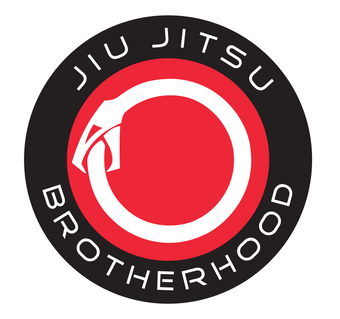This article was written by 3rd-degree black belt under Mauricio Gomes Miad Najafi. This article was originally published on the Centre Line Jiu Jitsu website.
Header image sourced from Wikipedia. Courtesy of Reza Abbasi Museum, Tehran, Iran. CC BY-SA 4.0
How Martial Arts Are a Form of Self Development Beyond the Physical Realm
As an obsessed, budding martial artist from my teens onwards I have always been fascinated with the concept of being able to teach an untrained and meek individual to learn to fight.
Initially, similar to most people who take up martial arts, I had the simple idea of learning to defend myself. But my fascination with how to develop one's body into a potent killing machine led me to recognise that in the development of such skills, other characteristics such as courage, humility and kindness can develop.
This was, of course, probably heavily influenced by films and media, the skinny old Mr Myagi-esque master who effortlessly dismantles countless assailants and who trains the would-be hero through mysterious training methods, but there was more to this romantic, Hollywood ideal.

As I learnt more about the martial path, the concepts and philosophies of Budo from Japan, Chivalry from Europe and Javanmardi from the Persian warrior tradition, the more I fell in love with these ideals. All of these cultures recognised that on the journey to becoming a capable combatant, morality and uprightness can emerge.
Budo within Japanese culture is often termed “The Way of the Warrior” and central to it is the integration of an internal path of developing oneself not just physically by learning the Way of War, but psychologically and even spiritually.
Chivalry in Europe on the other hand, were knightly ideals that were codified into a harsh-sounding set of crusader commandments, however, before this “Holy War” codification there was a Noble Habitus, a guide of noble conduct expected of sensible, wise and honest men. These included characteristics of loyalty, forbearance, hardihood, generosity, honour and magnanimity.

God Speed by English artist Edmund Leighton, 1900: depicting an armoured knight departing for war.
Javanmardi directly translated from Persian means “Young-manliness” and is akin to a spiritual chivalry or divine/ideal masculinity with traits of generosity, selflessness, hospitality, bravery, courage, honesty, truthfulness and justice, but it also acknowledges that at times to truly be a Javanmard, the nuanced reality that one may have to set these some of these values aside for the greater good. Ultimately, it is a code of having the integrity of doing the right thing at the right time.
Interestingly, all three of these codes of conduct were integral to a warrior's lifestyle, and even in ancient and medieval periods, there was a higher standard that was expected of the warrior.
Somehow, developing the ability to kill or impose serious harm to another within a structured training environment and guided by a strong moral code, can, and does develop higher values in the individual, or as the Spiderman adage states that “With great power, comes great responsibility!”
Martial arts can be and often are a great form of self-development. Many inherently recognise the control and discipline required to consistently train and the other positive consequences of this process which takes years or even decades.
However, as the sporting element of these combative forms develop, combined with the business realities of modern life, often the philosophy and characteristics mentioned above are lost on the path of sporting success and generating money. My old boxing coach used to say “First it’s an art, then it’s a sport, then it’s a business!” and that has always stayed with me. Young practitioners may look at brash, arrogant athletes winning competitions and making money and want to replicate these less savoury mannerisms, but in that process, they are neglecting the real treasure of building character as a martial artist.
It is important to not lose touch with the real growth of the martial path and that is an internal one. Yes, we can learn how to break a limb, choke someone unconscious with our legs or knock someone out with a swift blow to the head, but the journey is so much more than that. It’s the process of challenging yourself, learning about your limitations and frailties, developing control and resilience, and building trust and connections, but if called upon, we can and will step up to defend ourselves, our loved ones, and the weak and vulnerable.
Train hard, compete, and earn money (if you’re good enough) but explore the internal path too!










1 comment
Short and concise. Great read. I certainly will pass it along to our students. Thank you.